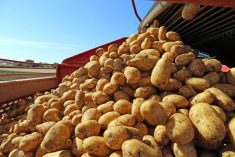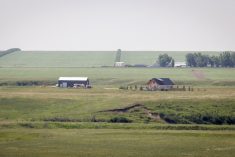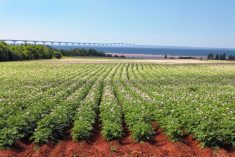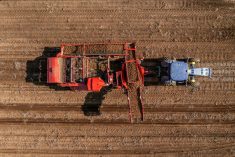In 2021 McCain said it was going to launch three regenerative potato farming operations by 2025 and would label them “Farms of the Future.” The first, just outside of Florenceville-Bristol, N.B., now offers data to reflect on the effectiveness of the practices at the potato farm after its first fully operational season.
“If we don’t change the way we farm, feeding the world in 30 years will require an 87 per cent increase in carbon emissions,” McCain CEO Max Koeune said. “The implications of that are bleak.”
Farms of the Future are commercial full-scale, full-rotation, regenerative potato farms that aim to prove both the economic and agronomic business cases for regenerative practices.
Read Also
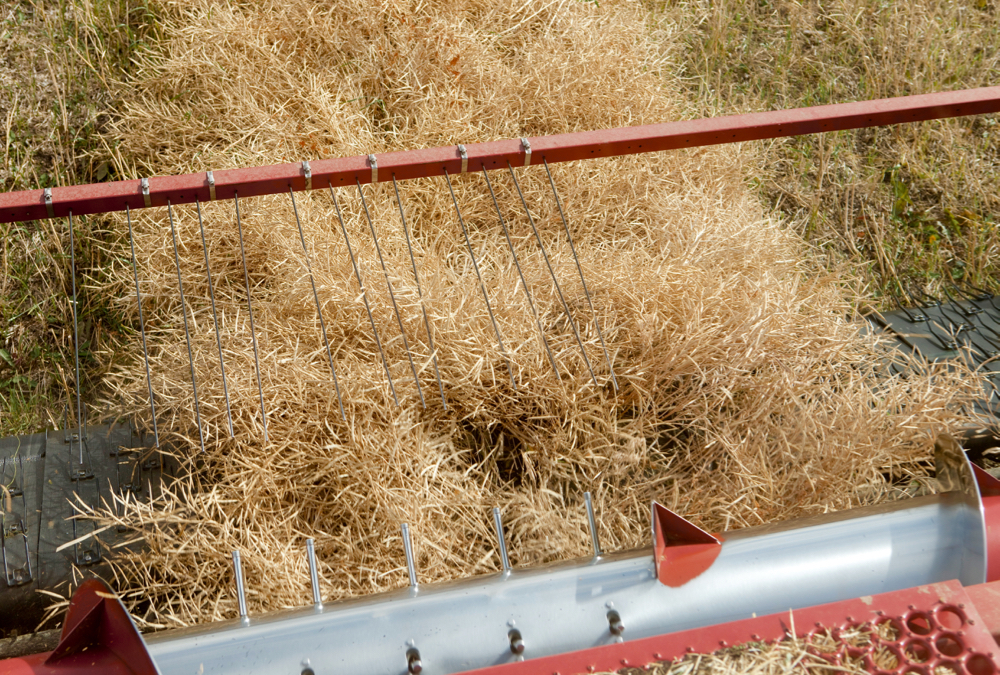
Alberta harvest wrapping up: report
Harvest operations advanced to 96 per cent complete in Alberta as of Oct. 7, with only a few late-seeded cereal and canola fields remaining, according to the latest provincial crop report.
Jess Newman, senior director of agriculture and sustainability for McCain, says the need for new regenerative practices and sustainable agriculture is because of climate change and the existential threat it poses to the potato industry.
“We know that [climate change] is devastating to the grower’s bottom line, and all the way through the McCain supply chain to our consumers,” said Newman. “So, our investments in regenerative agriculture are about investments in building soils, which we ultimately know build on-farm resilience.”
McCain laid out a framework for its regenerative farms which entails armouring soils, minimizing soil disturbance, enhancing crop and ecosystem diversity, reducing agrochemical impact and optimizing water use.
According to Newman, by implementing these practices, they can “de-risk” them and provide a data set for producers.
“Where we have a regenerative practice in a certain region where we’re not sure about the economic return or the impact on soils, that’s where McCain wants to come forward and provide funding and help de-risk that practice,” Newman said.
Looking at the data
On over 160 acres, the New Brunswick Farm of the Future planted 28 crop species in different fields to improve biodiversity and regenerate soils. The multispecies cover crops that were planted ranged from faba beans to brome grass and oats among others.
The benefits noted include: improved water infiltration, decreased water runoff and soil erosion, using different root types to increase nutrients, removing soil compaction, and lowering the risk of soil-borne pests and diseases.
Another practice that saw success was fall bedding and seeding cover crops. Farms of the Future was able to reduce tillage and successfully establish cover crops prior to winter arriving.
The most challenging practices, according to McCain, were livestock integration, rotational grazing and the controlled-traffic farming system.
The Farms of the Future 2021 Growers report said it experimented with livestock on the farm for the purpose of incorporating manure without having to transport or spread it.
“We implemented strip grazing — a type of rotational grazing that involves confining livestock to a strip with fresh pasture for short periods of time (one to three days). Strip grazing allows managing pastures by alternatively grazing and resting to allow regrowth of the grasses. At the Farm of the Future Canada, a movable fence in a linear orientation controlled the grazing area available to cattle.”
What the farm concluded about the performance of its potatoes was that its yields were about the same as the New Brunswick average, about 411 hundredweight per acre. The use of fertilizer in all its potato crops was 16.7 per cent compared to farms of similar size.
McCain is now looking to open its next Farm of the Future in South Africa.
— Liam O’Connor reports for Glacier FarmMedia from Saskatoon.




